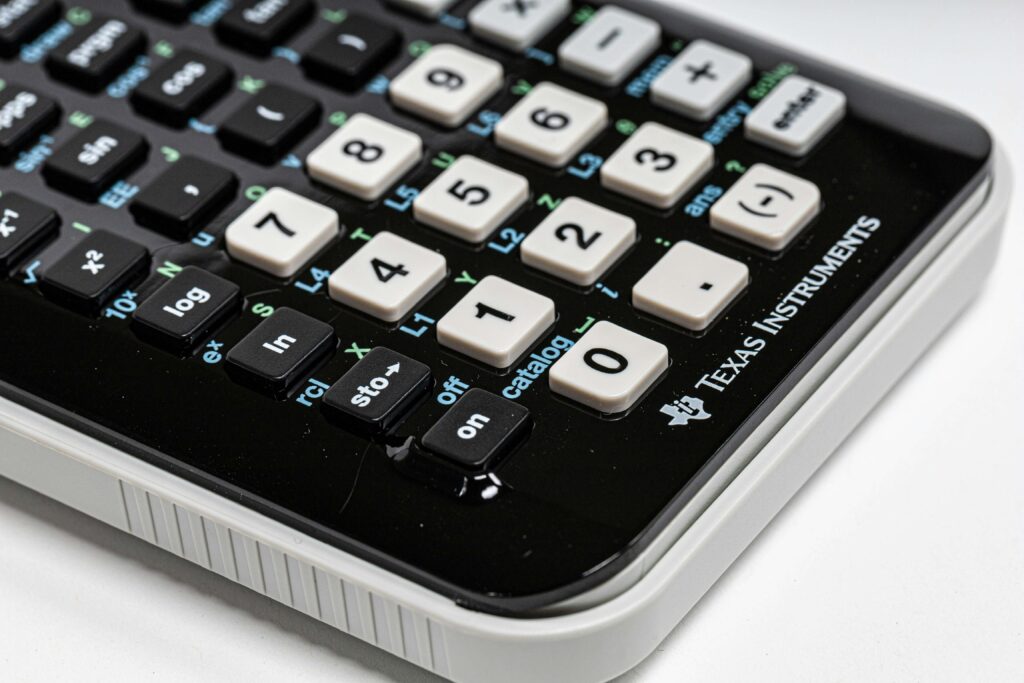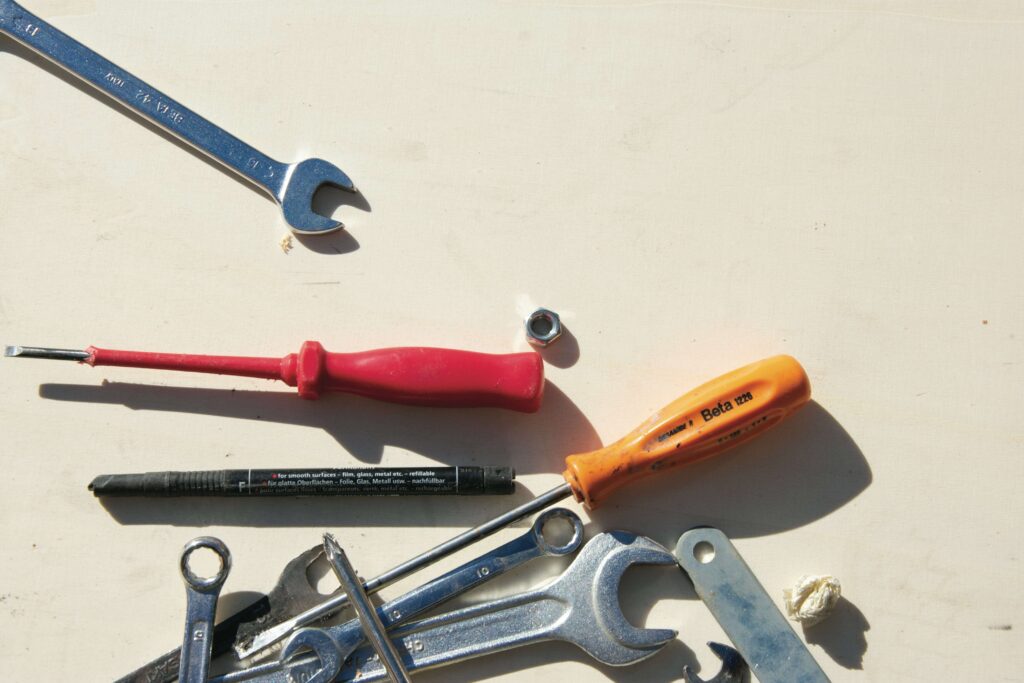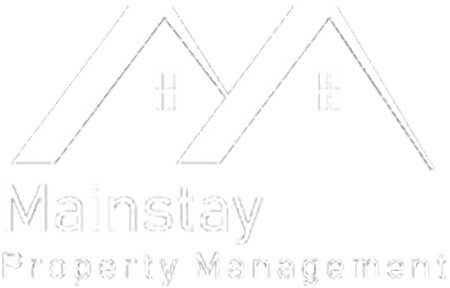As a property owner or landlord, your responsibilities go beyond rent collection. It entails ensuring that your property remains habitable and appealing to potential tenants. Effective management of rental properties can generate passive income, and a vital aspect of this is budgeting for property maintenance.

Deferred maintenance refers to postponing necessary property repairs, often as a cost-saving measure. While this may seem financially wise in the short term, it can lead to significant issues in the long run.
Neglected maintenance tasks can escalate into major problems, such as structural damage, plumbing and electrical failures, and tenant health and safety hazards. These substantial issues can significantly reduce the value and appeal of your property, potentially resulting in extended periods of vacancy and higher future repair costs.
Due to deferred maintenance, landlords may face legal consequences if their property fails to meet habitability standards. As a landlord, allocating a budget for and addressing maintenance needs is always in your best interest.
Common Rental Property Maintenance Tasks and Checklist
Regular maintenance can prevent minor issues from becoming expensive problems. As a landlord, it is crucial to have a rental property maintenance checklist outlining necessary tasks and the recommended completion frequency.
Common rental property maintenance tasks include:
- Checking for leaks in plumbing fixtures, such as sinks, toilets, and showers
- Inspecting HVAC systems and changing filters regularly
- Cleaning gutters and downspouts
- Testing smoke and carbon monoxide detectors
- Checking for signs of pests and addressing them promptly
- Inspecting the roof and repairing any damages
Ensuring your property is always clean and presentable is essential to maintaining its appeal. This includes regularly mowing lawns, trimming bushes, and tidying common areas.
Creating a Rental Property Maintenance Budget
Creating a budget for property maintenance involves estimating expenses for regular upkeep and setting aside funds for major repairs and replacements. The following steps can help in creating an adequate maintenance budget:
- Assess Property Needs: Start by assessing the current condition of the rental property and identifying any immediate needs or potential future issues that may arise.
- Prioritize Areas: Determine which areas of the property require the most attention and allocate a more significant portion of the budget toward those areas.
- Research Costs: Research the cost of materials and labor for maintenance tasks in your local area to get an accurate estimate of expenses.
- Set Aside Reserves: Set aside a percentage of rent each month into a reserve fund for unexpected repairs and replacements.
- Review and Adjust: Regularly review and adjust the maintenance budget based on actual expenses to ensure it remains accurate and sufficient.
Note: Property maintenance budget should include regular inspections, as preventive maintenance can save landlords from costly repairs in the long run.
Factors Influencing Rental Property Maintenance Budget
Several factors influence the budget for rental property maintenance.
- Age of the Property: Older properties typically require more maintenance than newer ones.
- Size and Property Type: Properties with amenities like pools or gardens may require a higher maintenance budget.
- Location: Properties in areas prone to extreme weather conditions or pests may need more frequent maintenance.
- Quality of Initial Construction and Appliances: Higher quality materials and appliances typically last longer and require less maintenance.
- Tenant Turnover Rate: Frequent tenant changes can lead to more wear and tear, necessitating higher maintenance budgets.
Landlords should also consider any local laws or regulations requiring specific maintenance tasks to be completed regularly, such as pest control or smoke detector checks.
What is the Best Formula for Budgeting Rental Property Maintenance?
There is no one-size-fits-all formula for budgeting rental property maintenance, as each property and landlord’s needs may differ. However, a general rule of thumb is to allocate 1% to 2% of the property’s value for annual maintenance expenses.
For example, if your property is worth $200,000, you should budget $2,000 to $4,000 for yearly maintenance. This may vary depending on the abovementioned factors, and landlords should regularly review and adjust their budgets accordingly.
Another formula some landlords use is the “50% Rule,” where 50% of rental income is allocated for all operating expenses, including maintenance. It is best to budget based on your specific property and circumstances.
Do-It-Yourself (DIY) vs. Professional Maintenance

Landlords often have the option of DIY maintenance or hiring professional services. While DIY tasks can save money, it is important to consider improper repairs’ potential risks and costs. DIY repairs also require a lot of time and effort.
Professional services may cost more upfront but can save time and ensure quality repairs. These services provide peace of mind and potentially prevent extensive maintenance issues.
Depending on the task, the best approach may be a combination of DIY and professional maintenance. Landlords should consider their budget, time, and skills when deciding between DIY or professional services for property maintenance.
Reducing Long-Term Maintenance Costs for Rental Properties
Apart from regular maintenance, landlords can take preventive measures to reduce long-term repair costs and keep rental properties in optimal condition. These include:
- Conducting thorough tenant screenings: Proper screening of potential tenants can help avoid costly repairs caused by neglect or malicious damage.
- Clarifying tenant responsibilities: Clearly outlining the tenant’s maintenance obligations in the lease agreement can help prevent disputes and ensure that minor issues are promptly addressed before they escalate into major problems.
- Implementing seasonal maintenance schedules: Creating a schedule for routine inspections and tasks based on seasonality can help identify potential issues before they become costly repairs. For example, gutter cleaning and HVAC filter changes may be necessary during specific seasons.
- Regular property inspections: Regular property inspections can help identify any maintenance needs that may have gone unnoticed by tenants. This can also help ensure the property is maintained per the lease agreement.
Benefits of Mainstay Property Management Company in Maryland
While managing a rental property independently can be rewarding, it can also be time-consuming and stressful.
Mainstay Property Management Company in Maryland can take over these responsibilities, offering several benefits:
- Professional Expertise: Mainstay has a team of professionals with expertise in all aspects of property management, including maintenance.
- Cost-Effective Solutions: Mainstay’s established relationships with contractors allow us to negotiate better rates and find cost-effective solutions for repairs and maintenance.
- 24/7 Availability: With a dedicated emergency hotline, Mainstay is available 24/7 for any maintenance emergencies that may arise.
- Regular Inspections: Mainstay conducts regular inspections to identify and address potential maintenance issues before they become costly.
Mainstay Property Management is your trusted partner if you are a landlord looking for professional property management services in Maryland.
Contact us to learn how we can help you maximize your rental property’s potential while minimizing the stress and hassle of managing maintenance issues yourself.

